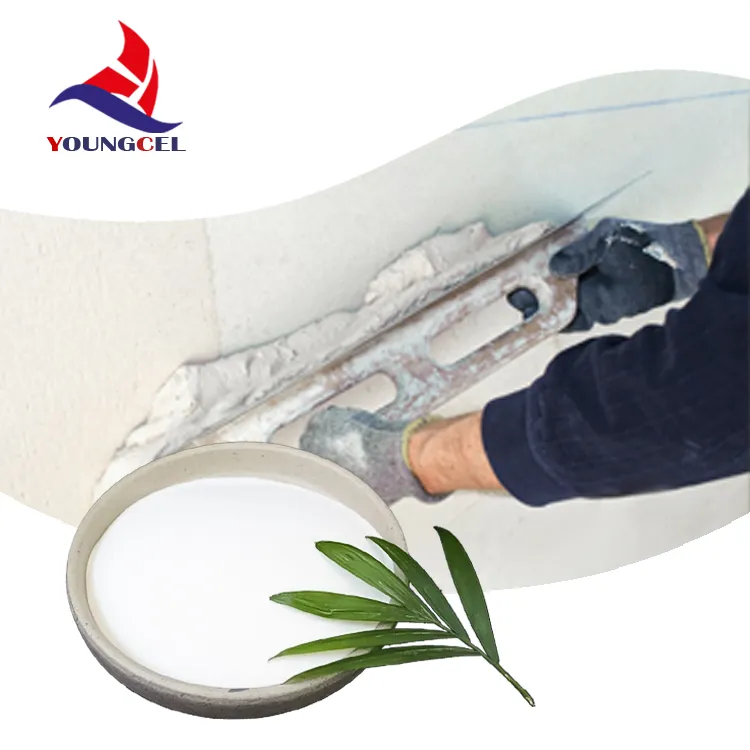Advancements in Liquid Cellulose A Versatile Material for the Future
In recent years, the field of materials science has seen significant advancements in the development and application of liquid cellulose. This innovative material, derived from cellulose—a natural polymer found in the cell walls of plants—offers a multitude of potential uses across various industries. Liquid cellulose represents a fascinating intersection of sustainability, versatility, and technological progress, making it a key player in the quest for eco-friendly materials.
Cellulose is the most abundant organic polymer on Earth, primarily sourced from plant biomass such as wood, cotton, and algae. Traditionally, cellulose has been used in products like paper, textiles, and food additives. However, transforming cellulose into a liquid form unleashes its potential for a wide array of applications. Liquid cellulose is produced through a process known as dissolution, where cellulose fibers are treated with specific solvents that break them down into a viscous liquid. This liquid state allows for easier processing, making it particularly attractive for industries looking to innovate their manufacturing processes.
One of the most promising areas for liquid cellulose application is in the production of biodegradable plastics. With growing concerns over plastic waste and environmental sustainability, researchers are turning to liquid cellulose as a renewable alternative. In contrast to conventional petroleum-based plastics, liquid cellulose-derived materials can decompose naturally, reducing the ecological footprint associated with their use. This transition to bio-based plastics could revolutionize packaging, consumer goods, and even automotive components, creating a circular economy that benefits both industry and the environment.
liquid cellulos

Moreover, liquid cellulose is being explored for its potential in the biomedical field. Its biocompatibility and non-toxicity make it a viable candidate for applications such as wound dressings, drug delivery systems, and tissue engineering. By leveraging the properties of liquid cellulose, researchers aim to develop innovative solutions that promote healing and enhance patient outcomes. The ability to customize the viscosity and functional properties of liquid cellulose further enhances its versatility in creating tailored medical solutions.
In the realm of textiles, liquid cellulose is paving the way for the next generation of sustainable fabrics. Traditional textile production is often associated with significant environmental impacts, from water pollution to high energy consumption. Liquid cellulose can be spun into fibers to create eco-friendly textiles that do not compromise on quality or performance. These fabrics can be used in various applications, from fashion to home furnishings, catering to a growing consumer demand for sustainable products.
Additionally, liquid cellulose has exciting implications in the field of construction. Its potential use as an eco-friendly adhesive or coating could reduce reliance on synthetic chemicals, promoting greener building practices. The use of liquid cellulose in creating insulation materials can also contribute to energy efficiency in buildings, aligning with global goals for sustainability and carbon reduction.
In conclusion, liquid cellulose represents a remarkable advancement in the use of renewable resources. Its versatility across various sectors, from biodegradable plastics to medical applications and sustainable textiles, positions it as a key material for the future. As research continues to uncover new applications and improve processing techniques, liquid cellulose stands at the forefront of a movement toward a more sustainable, eco-friendly world. By integrating liquid cellulose into our industries and daily lives, we can take significant steps toward addressing some of the pressing challenges of our time, including waste reduction, sustainability, and healthcare innovation.
-
Rdp Powder: Key Considerations for Wholesalers in the Building Materials IndustryNewsJul.08,2025
-
Key Considerations for Wholesalers: Navigating the World of Hpmc - Based ProductsNewsJul.08,2025
-
Hpmc Detergent: Key Considerations for WholesalersNewsJul.08,2025
-
Key Considerations for Wholesalers: China Hpmc For Tile Adhesive, Coating Additives, Concrete Additives, and MoreNewsJul.08,2025
-
Crucial Considerations for Wholesalers: Navigating the World of Construction MaterialsNewsJul.08,2025
-
Key Considerations for Wholesalers Sourcing Additive For Cement, Additive For Concrete, Additive For Putty from Additive Manufacturer Shijiazhuang Gaocheng District Yongfeng Cellulose Co., Ltd.NewsJul.08,2025




